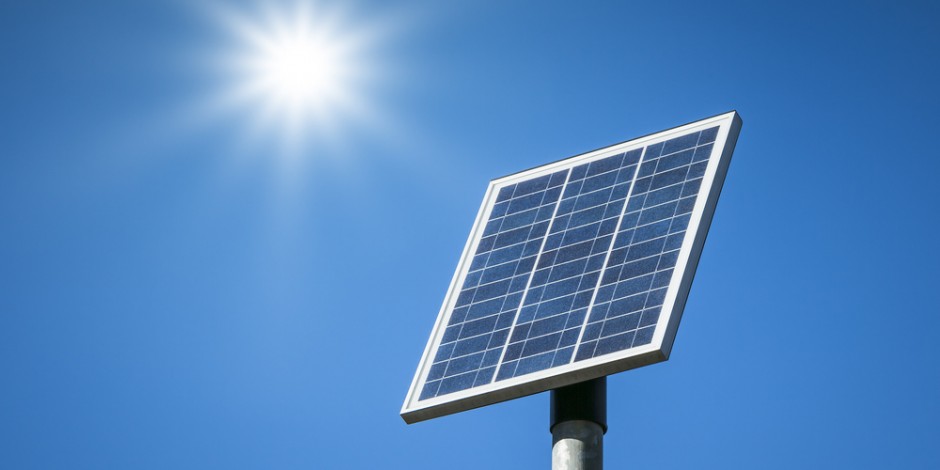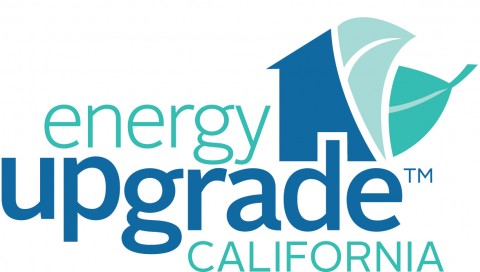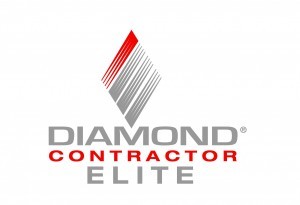Energy Independence — What Does It Really Mean?

As an increasing number of homeowners in the Sacramento are becoming aware of their environmental impact, energy costs (including electricity, natural gas, and propane) are on the rise. As local homes get older, and heating and cooling costs continue to take up a larger portion of the monthly budget, we hear from our customers about wanting to become “energy independent.”
What does this term truly mean for California homeowners? Can you install solar panels on your roof and declare yourself energy independent? Not quite. As both an HVAC contractor and a solar installation contractor, Brower Mechanical has a unique perspective when it comes to energy independence, and we want to help you define what energy independence will mean for your home.
Defining Energy Independence
So what do we mean when we talk about being “energy independent”? In essence, an energy independent home generates all or most of the energy that it consumes. (You can listen to Bill and Duane discuss energy independence further in the recent podcast episode of the Brower Power Hour.)
The simple solution to energy independence may appear to be through the use of solar energy, but solar energy does not address any combustion appliances that rely on natural gas or propane to create heat. Failing to address your non-electric appliances will not only keep you from energy independence, but also do nothing to reduce your heating bills!
Going Solar: Reduce Before You Produce
At Brower Mechanical, we like to tell our customers who ask about solar energy that before they start producing their own energy at home, they should reduce the amount of energy that the home requires. This may have you thinking, ”OK, I need a more efficient air conditioner or furnace.” But in our experience, there are many other home upgrades to make before you start thinking about your home heating and cooling equipment, like:
Insulation & Air Sealing
Upgrading the insulation in your walls, attic and crawlspace will increase the ability of your conditioned air to stay inside where it belongs, instead of escaping through the materials that make up your walls, ceiling and floors. And similarly with the air seal of your living space, if there are holes and gaps within your home, that conditioned air is escaping freely. This makes your air conditioner and furnace work overtime to keep up.
Ductwork
How often do you vacuum your attic? If you’re like most homeowners, the answer is never in a million years. There is a lot of dust accumulation in your attic, and when your ductwork isn’t properly sealed and insulated, all that dust will infiltrate your heating and cooling system and clog up the whole operation.
Better Than New Home Performance
After performing the necessary home performance upgrades, and then reducing the size of the needed air conditioners and furnaces, we have seen homes that are 50 to 60 years old performing better than a home that is brand new! When you reduce before you produce, you can save thousands of dollars on your solar installation by reducing the amount of panels required. This is what we call “going small” with your solar energy!
Brower’s Recommended Steps to Energy Independence
If you are looking to take your home into energy independence the right way, these are the steps the California home performance experts recommend:
Schedule an Energy Audit
Understanding the current state of your home performance begins with a comprehensive home assessment, called an energy audit. This will uncover the areas where your home is losing the most energy.
Reduce Before You Produce
Reduce the energy needs of your home by upgrading the areas recommended by your energy audit. You can also reduce your energy usage with smart technology and a connected home. Smart thermostats and other home performance gadgets allow you to optimize your thermostat settings for energy savings 24 hours a day, from just about anywhere!
Electrify Your Home
Making the switch to all electric appliances protects your home from the unpredictable costs of natural gas and propane. This way, you can power all of your home appliances using the electricity that your home will generate using solar energy.
Electrifying your home has never been more affordable, with up to $13,750 in rebates available through SMUD!
“Go Small Solar”
After you’ve reduced your home’s energy loss, and electrified your appliances, your home is now ready for solar energy. We have seen homes reduce the amount of necessary solar panels by 2 to 3 panels. And at around $1,000 per panel, that’s $2,000 to $3,000 they have saved on the cost of their solar installation!
Off-Grid Solar
The ultimate in energy independence is in off-grid solar. An off-grid solar system completely removes your home from the power grid and will keep the lights on even during a power outage. Imagine if your home could be completely isolated from the PG&E wildfire emergency outages this year?







